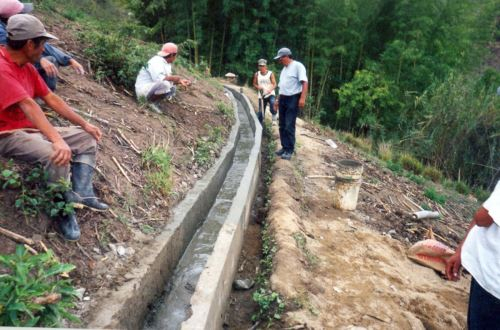
On the last Saturday, June 24, the Law 31801, which regulates water user organizations to strengthen their participation in the multisectoral management of water resources. Below are the key elements that make this measure crucial.
In accordance with edward contrerasgeneral manager of the National Confederation of Water Users’ Boards of Peru (Conajup), this norm, first of all, will allow these organizations to carry out agricultural activities, including the commercialization and production of the agricultural sector. This implies that they will now be able to perform actions such as lto the acquisition of fertilizers, seeds and even heavy machinery, for example, tractors, which was previously restricted by the legal framework.
“We have not been able to do that in the past. In the pandemic era we wanted to buy fertilizers and we could not because the legal framework did not allow us,” he told The Republic.
A second point to highlight is that the norm establishes that water user organizations may participate as executing nuclei in interventions with public budget, as in the case of programs such as Con Punche Perú. According to Contreras, this provision will allow the organizations themselves to play a more active and efficient role in the execution of specific activities, instead of depending exclusively on natural persons to carry out said tasks.
Another of the main axes of the standard is that it establishes a quota for women’s participation in the boards of directors of water user organizations. Due to the absence of this figure, previously, female representation in these instances was low.
“Of the 127 boards that exist at the national level, there were only three female presidents and of the almost 8,000 water user organizations or almost 10,000, speaking of boards of commissions and user committees, there were not even 50 women,” he stresses. contreras.
The new law establishes a progressive quota, starting with a minimum of 20% female participation in the first electoral process and gradually increasing until reaching 50% in the future.
It should be noted that, although the law has already been promulgated, its entry into force is subject to its regulation by the Executive Power, which has a period of 120 calendar days for its issuance.
Source: Larepublica
Alia is a professional author and journalist, working at 247 news agency. She writes on various topics from economy news to general interest pieces, providing readers with relevant and informative content. With years of experience, she brings a unique perspective and in-depth analysis to her work.











